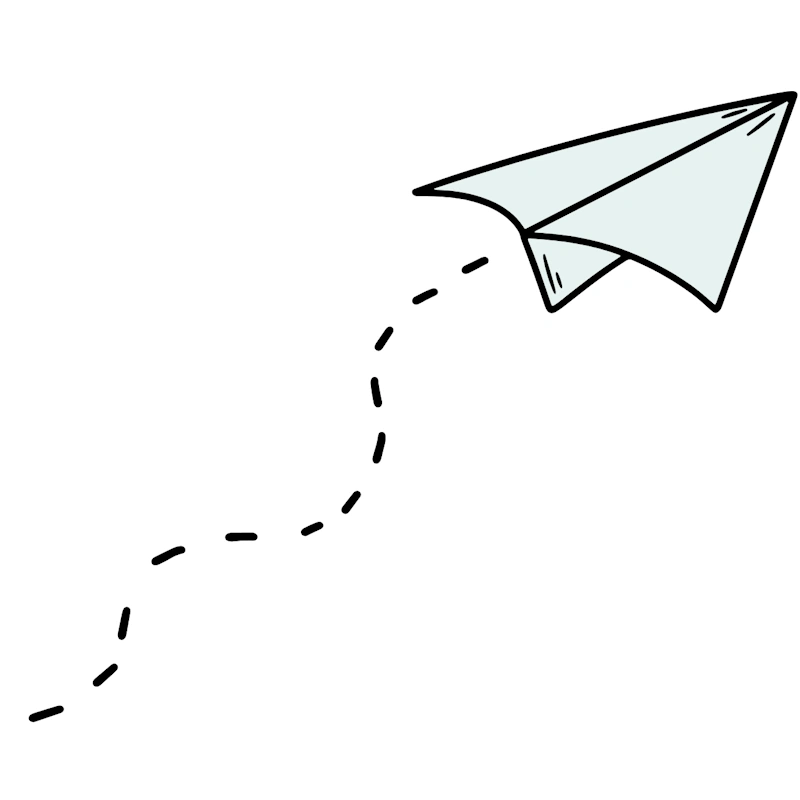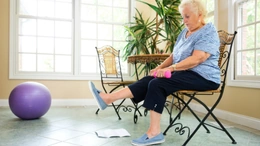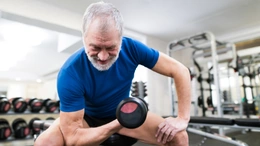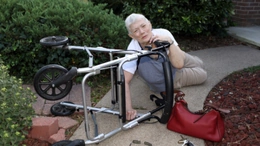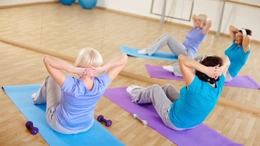Safe And Effective Weight Training For Seniors: A Beginner's Guide
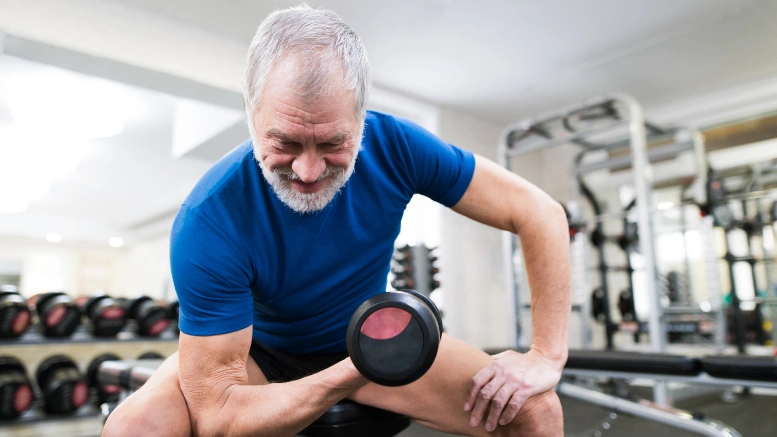
As you grow older, being active is beneficial, but you don't need to spend hours at the gym to achieve a bodybuilder's physique.
Being strong and able in your 60s depends a lot on weight training, as it gives your muscles a good shape, improves your bones, and boosts all-around energy. It's all about moving smart and staying safe. With the right approach, you can build strength without feeling overwhelmed.
So, regardless of whether you are a beginner or have a background in this field, this guide will help you with each step to stay active and fit.
The Perks Of Pumping Iron After 60
Weightlifting brings many advantages to people once they reach 60 years old. Since, with age, muscles often get weaker, they need to be taken care of.
When your muscles are weak, it becomes tougher to do ordinary actions such as standing up. Strength exercises can stop the condition from getting worse.
It's good for healthy, strong bones to help avoid osteoporosis. A person with a strong skeleton rarely experiences broken bones as a result of falls. Working out with weights helps the muscles you need to remain steady and avoid falls, also improving how well you move and coordinate.
Another perk? The activities encourage your metabolism to keep working. Small increases in muscle mass enable your body to burn more calories and possibly help you manage your weight.
Weight training also has mental effects, and it has been proven by research to boost a person's mood, thinking skills, and sleep. For this reason, more seniors are turning to weight training as a reliable way to improve their quality of life without overwhelming their bodies.
Getting Started The Right Way: Weight Training Safety Tips For Seniors
When about to start any fitness training program, it's important to get medical clearance if you have heart problems, arthritis, or high blood pressure. Once your conditions have been found, start your training with a steady and regular program.
It's crucial to warm up before playing any sport. A bit of walking or arm or leg movements, when you are seated, can prepare your muscles and joints for activity. Wear suitable shoes and do not lift anything on top of shaky surfaces.
Start with light weights or resistance bands and focus on doing the moves correctly. Poor form can lead to injury, even with small weights.
Also, make sure you're breathing throughout each exercise, exhale when you lift and inhale when you lower. And remember, soreness is okay. Sharp pain is not.
Smart Equipment Picks For Elders
An expensive gym membership is not a must to start weight training for seniors. Most of the gear can fit in a tote bag. Resistance bands are a senior favorite, they're low-impact, versatile, and easy on the joints. Light dumbbells (1 to 5 pounds) are great for arm and shoulder exercises.
Check nearby for the presence of a community center or a YMCA! Weight training machines let you use less effort, which is useful for those who are not used to exercise.
Working the lower body and your core is made easier with ankle weights and stability balls. Once again, make sure the equipment you use is safe, won't cause you to slip, and is easy to hold.
Top Six Weight Training Exercises For Beginner Seniors
These movements are easy, safe, and effective. You should manage 1-2 sets of 8-12 reps for the compound exercise collection, using the lowest resistance that allows you to use proper form.
- Chair Squats: Stand up in front of a solid chair. Lower yourself down as if you're going to sit. Then get back up. This strengthens your legs and enhances mobility.
- Wall Push-Ups: With your hands, lean onto the wall and then lean away gradually. Because pressing doesn't require wrist movement, you safely focus on your chest, shoulders, and arms.
- Bicep Curls: Carry out a bicep curl, raising the dumbbell or resistance band to your shoulders as your elbows touch your sides. It helps to strengthen your arms.
- Seated Overhead Press: While sitting, raise light weights from shoulder level to above your head. This move strengthens the shoulders and upper back.
- Resistance Band Rows: Wrap a resistance band around a chair leg, hold the ends, and pull back as if you're rowing a boat. This works your upper back and helps with posture.
Weekly Weight Training Routine For Seniors
The majority of seniors can benefit from exercising their muscles twice or three times a week and resting on alternate days. This is an example of a plan that is straightforward and useful:
- Monday: Upper body (wall push-ups, bicep curls, overhead press)
- Wednesday: Lower body (chair squats, heel raises, light walking)
- Friday: Full body (combine upper and lower exercises with a resistance band)
- Daily: Light stretching to stay flexible and avoid stiffness
Each session should take 20 to 30 minutes max. And always cool down with some easy stretching or a short walk. Consistency, not intensity, is the real MVP here.
Monitoring Progress For Seniors
When it comes to tracking progress, think beyond numbers on a scale. Are you getting up from a chair more easily? Can you carry a laundry basket without strain? Do you feel more stable on your feet? These everyday wins say more about your success than reps or weights ever could.
Jotting down your sets, weights, and how you feel after each workout can be helpful, too. You might even notice improvements in your mood or sleep. It's all connected.
The beauty of weight training for seniors is that progress doesn't have to be fast to be meaningful. Every small step you take toward strength and balance is a move toward a more confident, capable you.
Conclusion
Initiating a new fitness behavior could be a little daunting, but the rewards are genuine; after only a few clever exercises and consistent effort, you can increase your energy levels, stay mobile, and enjoy life on your own terms.
Weight training is not about lifting heavy weights; rather, it is about lifting smart. Choose movements that allow your body to move, take it day by day, and stick with it; you are never too old to feel strong again.


